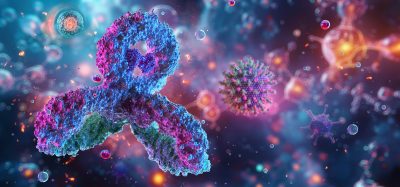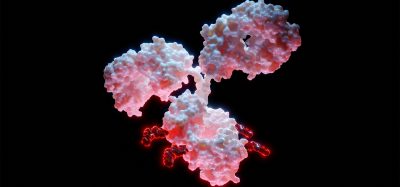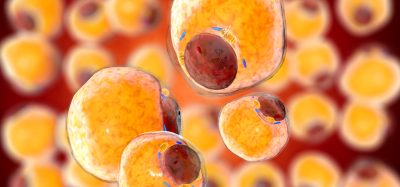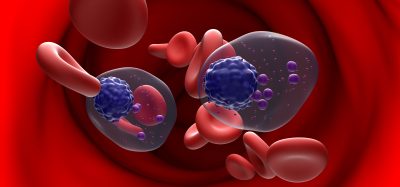Researchers emphasise importance of antigen valency for vaccine efficacy
Posted: 28 August 2020 | Victoria Rees (Drug Target Review) | No comments yet
Researchers have shown that factoring in valency to vaccine design can improve the number of antibody binding sites on an antigen.
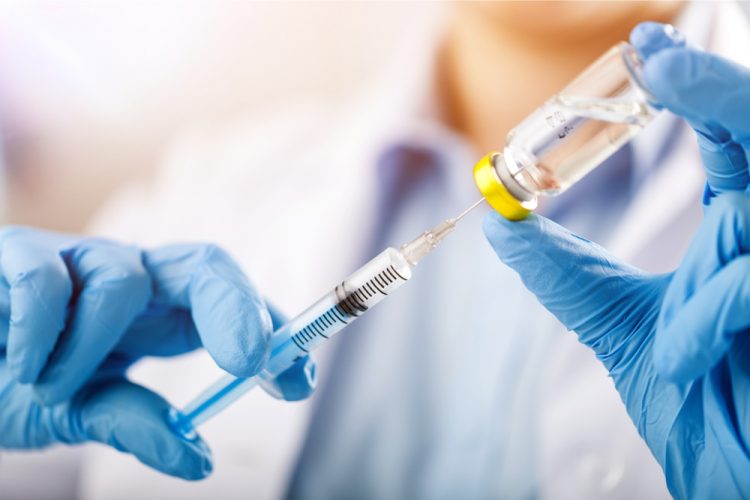

Researchers have revealed that a new way to improve the body’s immune response to vaccines is to factor in antigen valency, the number of antibody binding sites on an antigen. The study was conducted at the La Jolla Institute for Immunology (LJI), US.
“Differences in valency can impact antibody responses,” said Dr Yu Kato, first author of the new study. “Different vaccines have vastly different valencies. Diphtheria toxin is a dimer, valency of two. Hep B vaccine is 100-120. There is no clear consensus as to how the differing valencies impact B-cell responses since these antigens also differ in many other ways.”
For the new study, the researchers worked closely with the LJI Microscopy Core and used an advanced imaging technique called two-photon microscopy to visualise the effects of valencies on B-cell responses.
The researchers discovered that high-valency antigens can lead the body to make more antibody-producing B cells. They found that a valency of 60 seems to be enough to boost B-cell numbers and a valency of four might be enough in many cases.
“Valency matters, but you do not need a valency of 1,000 engineered into your vaccine for it to make a difference,” said LJI Professor Shane Crotty, who co-led the new study with Professor William Schief, of Scripps Research.
According to the researchers, low-valency antigens do lead to a smaller, more targeted B-cell response. These B cells are rarer, but they are more likely to have a high affinity.
However, the researchers note that as all vaccines are different, it is hard to determine the necessary valency for every prophylactic.
“Proteins are really unique, so we had to turn it into an apples-to-apples comparison,” said Crotty.
To solve this problem, the researchers teamed up with the Schief lab at Scripps Research. Schief and his colleagues had developed versions of an HIV protein with antigen valencies that ranged from one to 60. These antigens were all based on proteins from HIV, making them superior to engineered antigens used for previous valency studies. The LJI and Scripps Research teams then worked together to test the antigens in mice.
“In collaboration with the Schief lab, we developed a platform that allowed us to display different antigens,” said Kato. “This platform was designed in a way that allows us to compare responses in a fair way.”
The researchers concluded that while vaccines need a valency of more than one binding site, choosing a valency of four over a valency of 60 does not have a large effect on B-cell responses.
Therefore, the researchers say that valency is an important ingredient to consider in vaccine design. However, selecting antigens with the right valency will depend on the disease scientists are trying to target. “Depending on the type of B cells we need to prime, we need to think about which valency may be best,” said Kato.
“Dr Kato did a beautiful job elucidating the impact of valency and several other molecular parameters on vaccine responses,” added Schief. “This has been a very rewarding collaboration, and we will certainly be using information from this study in our future vaccine designs for HIV, SARS-CoV-2 and other pathogens.”
The study was published in Immunity.
Related topics
Antibodies, Vaccine
Related organisations
La Jolla Institute for Immunology (LJI), Scripps Research
Related people
Dr Yu Kato, Professor Shane Crotty




